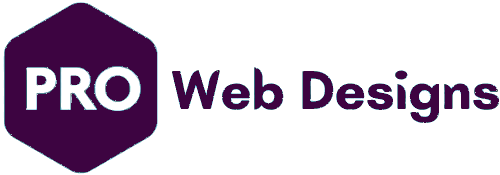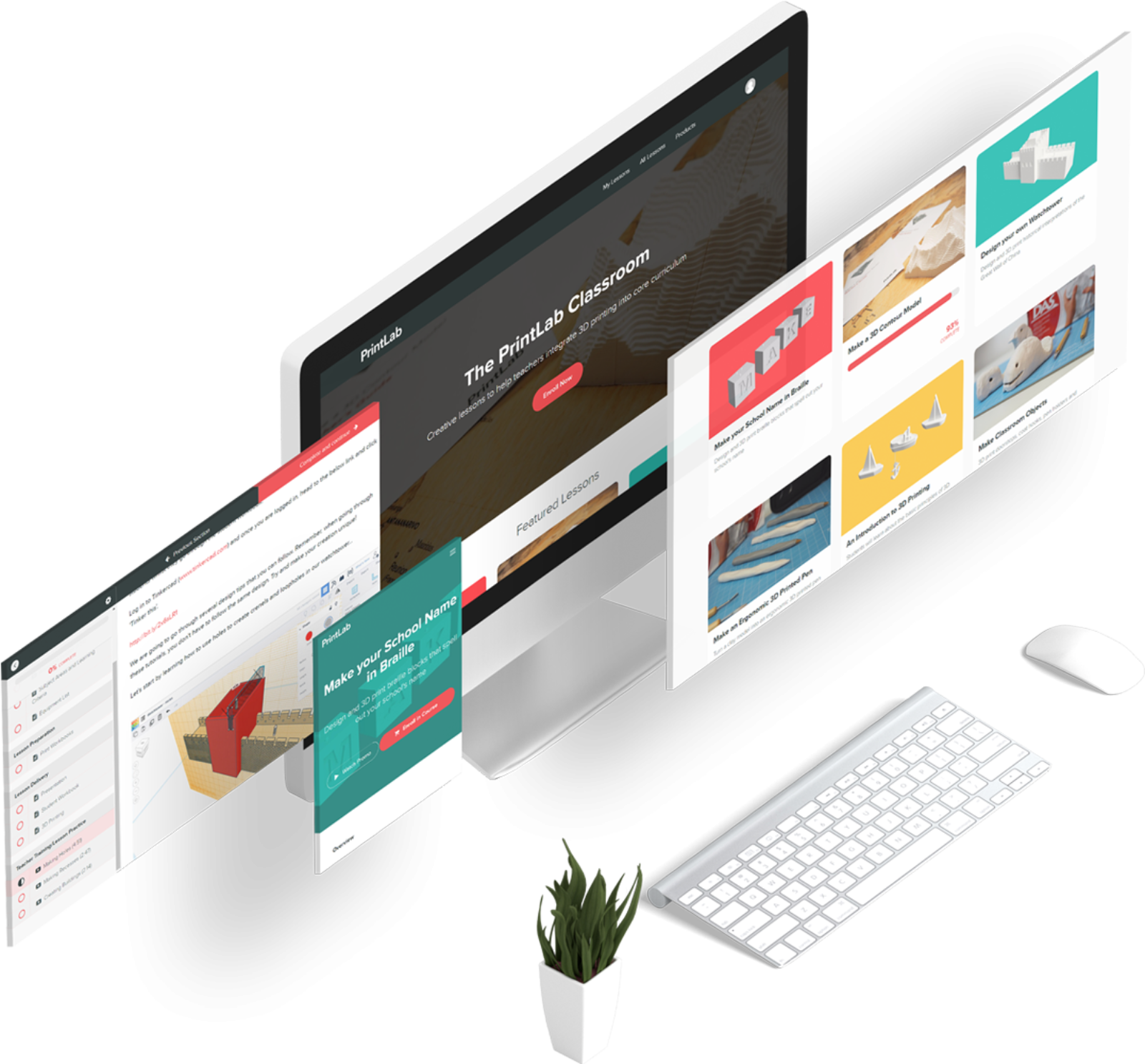Gelişmiş Tasarım Özelleştirmesi için WordPress Kancalarını ve Filtrelerini Kullanma: WordPress'in Gücünü Ortaya Çıkarma
IntroductionWordPress, the world’s most popular content management system, offers a vast ecosystem of themes and plugins that cater to a wide range of website needs. However, sometimes these themes and plugins lack the flexibility to fully realize your creative vision...
Using WordPress Hooks and Filters for Advanced Design Customization
IntroductionWordPress hooks and filters are powerful tools that allow developers to modify and extend the core functionality of WordPress without directly altering theme or plugin files. By understanding and effectively utilizing these mechanisms, you can create highly...







